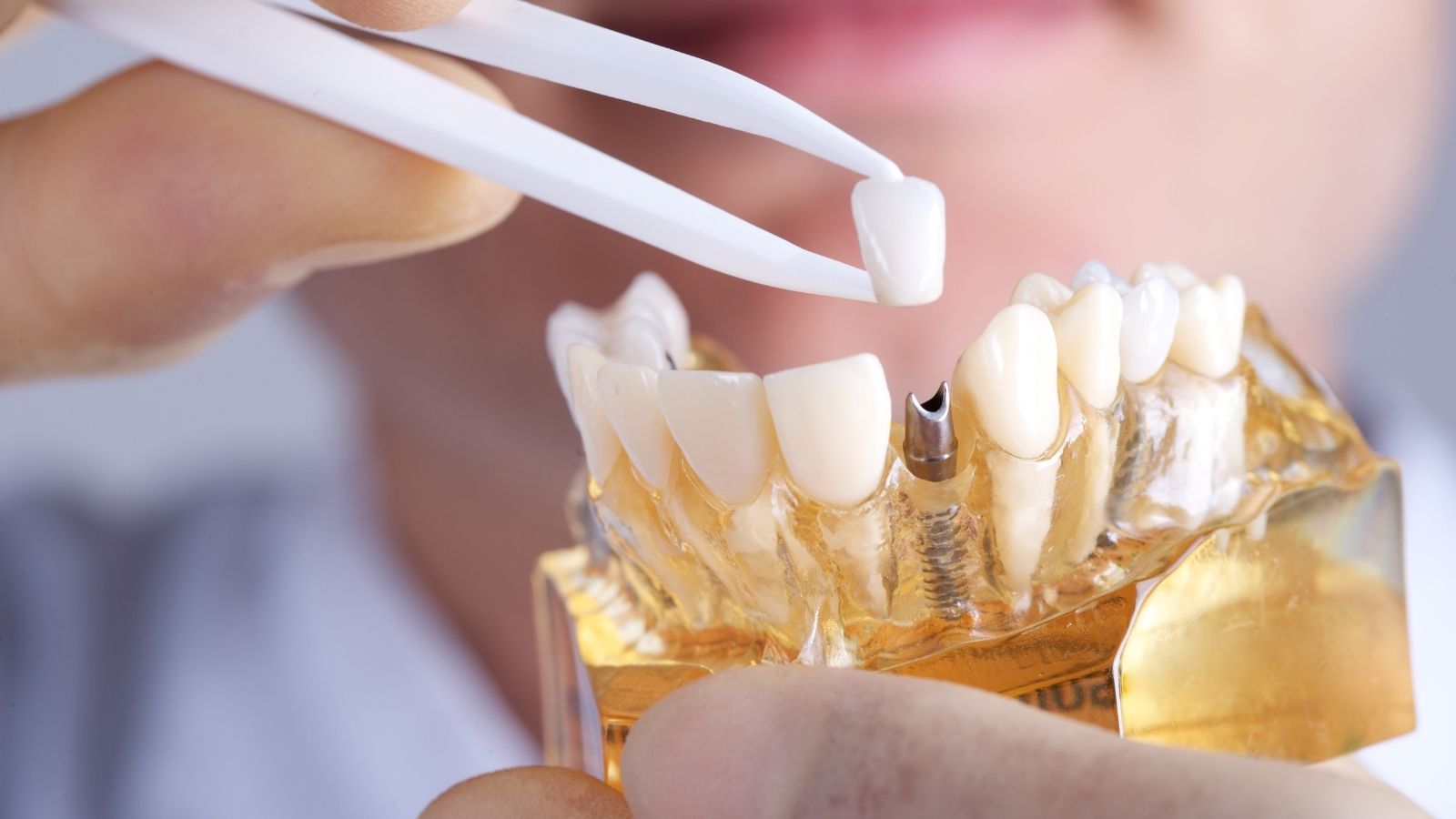Treatment of missing teeth is important for both aesthetic and functional reasons. Dentists generally offer three main methods to replace a missing tooth. Dental implants mimic the natural tooth root with a titanium screw inserted into the jawbone, providing a permanent solution. A dental bridge fills the gap by supporting the healthy teeth next to the missing tooth, providing an aesthetically pleasing appearance. A removable denture is a removable alternative that can temporarily replace one or more missing teeth. The method chosen depends on the individual’s oral health and preferences.
Why is it important to treat a missing tooth quickly?
Repairing a missing tooth is crucial for dental and overall health. Untreated cavities can lead to serious oral and jaw problems in the long term. An untreated missing tooth can cause teeth to shift, jawbone loss, and other complications.
Important reasons for prompt treatment of a missing tooth:
- Tooth shifting: The space left by the missing tooth causes neighboring teeth to move into the space.
- Jawbone loss: Tooth roots stimulate the jawbone; when lost, this lack of stimulation leads to bone loss and jaw structure deterioration.
- Gum disease: The space left empty can allow food debris and bacteria to accumulate, leading to gum problems.
- Jaw joint problems: Misalignment and misalignment of teeth can cause pain and limited movement in the jaw joint.
Untreated tooth loss not only creates an aesthetic problem but also negatively impacts chewing and speech functions. Progressive jawbone loss can also impair facial aesthetics, as bone loss can lead to depressions in the cheek and jaw areas. Therefore, quickly filling the gap with treatment methods such as dental implants and bridges contributes to maintaining a healthy and balanced oral structure in the long term.
What are the Available Treatment Options for Replacing a Missing Tooth?
Different options for treating missing teeth vary depending on the patient’s oral health, aesthetic expectations, and budget. Dentists consider the patient’s needs to determine the most appropriate treatment option to replace the missing tooth. Three main methods generally stand out: dental implants, fixed dental bridges, and dentures. Each treatment method has its own advantages and considerations. Detailed information about treatment options helps patients make an informed choice.
Dental Implants:
- The most permanent solution that mimics natural teeth
- Applied by placing a titanium screw into the jawbone
- Prevents bone loss and is durable
- Restores chewing and speech functions
Fixed Dental Bridges:
- Lets support the adjacent teeth
- Improves aesthetic appearance
- Supports chewing and speech functions
- Provides fast results and can be completed in a short time
Dentures:
- Easy to clean thanks to its removable feature
- Less invasive because it doesn’t require surgery
- Affordable and appealing to a wide range of users
- Can be customized based on the number of missing teeth
How Does a Dental Implant Replace a Missing Tooth?
A dental implant is one of the most reliable and effective methods used to fill the functional and aesthetic gap created by a missing tooth. A titanium screw, placed in the jawbone like a natural tooth root, replaces the missing tooth and offers a long-term solution to oral health. Thanks to osseointegration, the process by which the implant fuses with the jawbone, the implant bonds strongly to the bone and creates a solid foundation. This process involves several stages in regaining one’s teeth:
- Evaluation
- Planning
- Implant Placement
- Healing
- Osseointegration
- Abutment Placement
- Dental Placement
What is a Dental Bridge and How Does It Fill a Tooth Gap?
A dental bridge is a fixed prosthesis used to fill the gap between missing teeth and restore dental health. In this procedure, the prosthesis is securely attached to adjacent teeth or implants, creating a natural-looking tooth. Dental bridges not only contribute to aesthetic concerns but also to the restoration of chewing and speech functions. The main parts of the bridge are artificial stones that fill the gap.The pontic is a tooth or implant that supports the artificial tooth.
Bridge Types:
- Classic Fixed Bridge: Fixed by supporting adjacent teeth.
- Cantilever Bridge: Attaches to a single tooth and fills the gap.
- Maryland Anchored Bridge: Attaches to adjacent teeth with a metal or porcelain frame.
- Implant-Supported Bridge: Provides greater stability by supporting an implant for each missing tooth.
Dental bridges offer aesthetic advantages, as well as preserving facial features and allowing for proper chewing and speech functions. Without a bridge after a tooth loss, problems such as shifting or misalignment of the teeth can occur. A dental bridge prevents these deformities and maintains a healthy dental alignment.
Are Removable Partial Dentures a Suitable Solution for a Missing Tooth?
Removable partial dentures are a practical and accessible solution for individuals with missing teeth. They stand out as a more economical option than fixed dental bridges or implants. They can be fitted without requiring surgery and are used without damaging the structure of other teeth. In addition to providing an aesthetic appearance, these dentures also play a supporting role in daily functions such as eating and speaking. However, certain disadvantages should be considered.
Advantages:
- Cost-effective
- No surgery required
- Does not damage the structure of other teeth
- Improves smile aesthetics
- Supports eating and speaking functions
- Prevents shifting of adjacent teeth
Disadvantages:
- May cause discomfort initially
- Requires daily cleaning
- Less durable than fixed dentures
- May have aesthetic limitations due to the metal bracket
- May cause gum irritation if placed incorrectly








